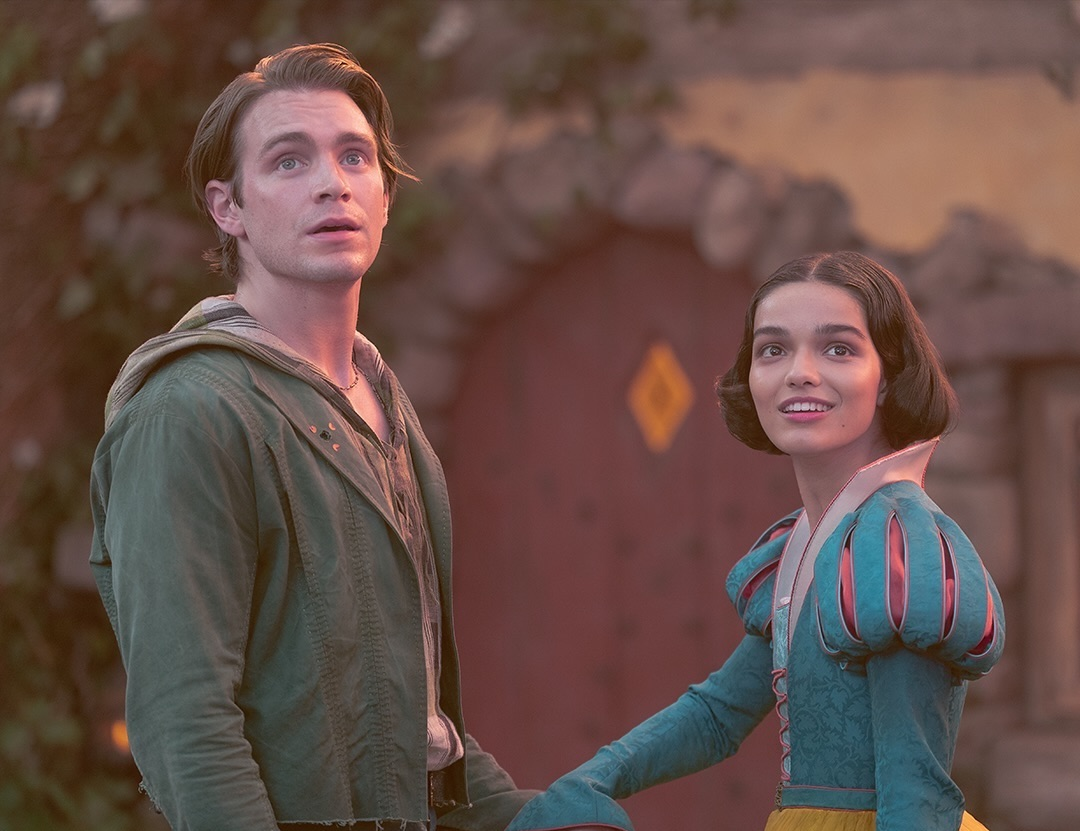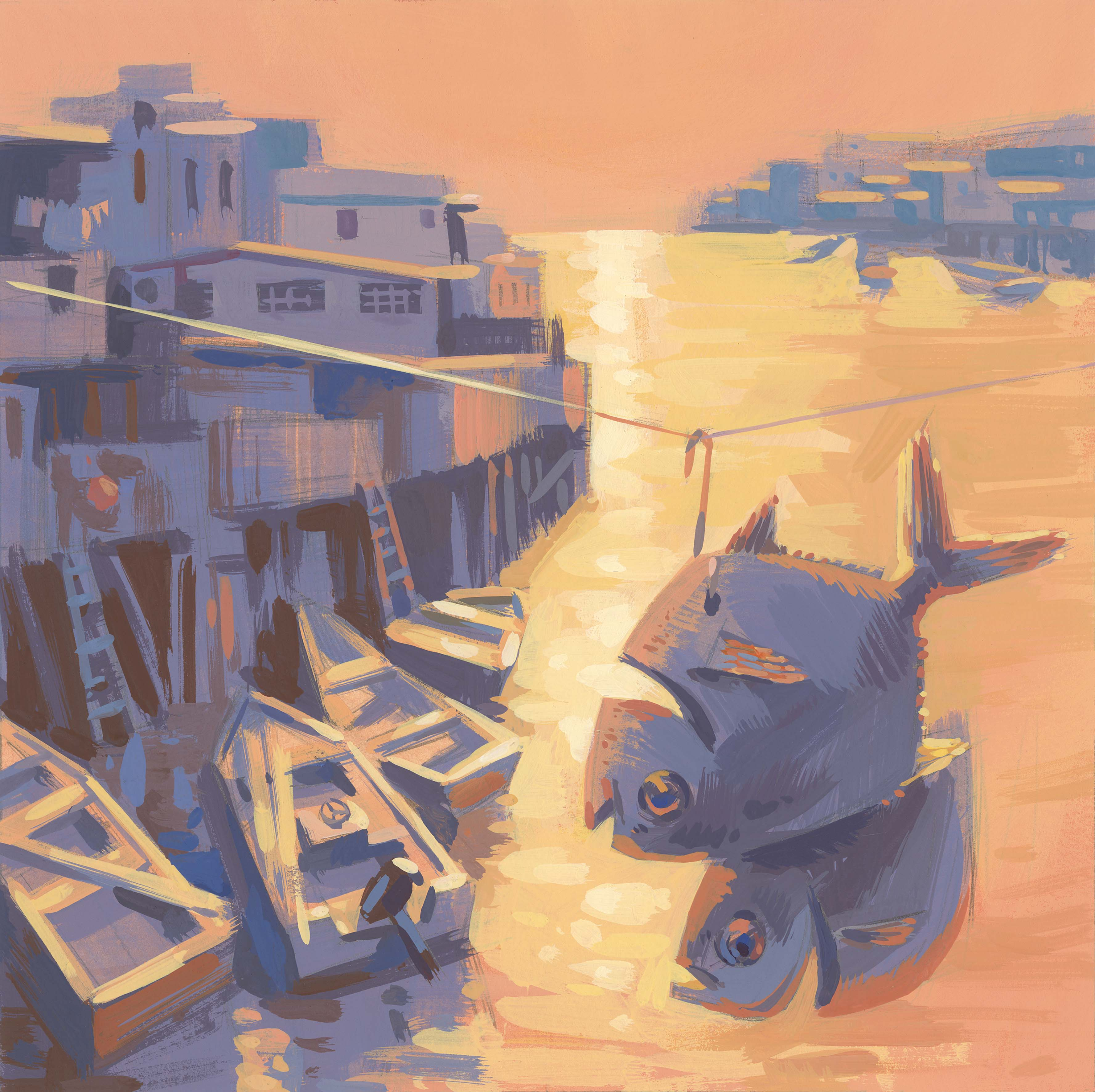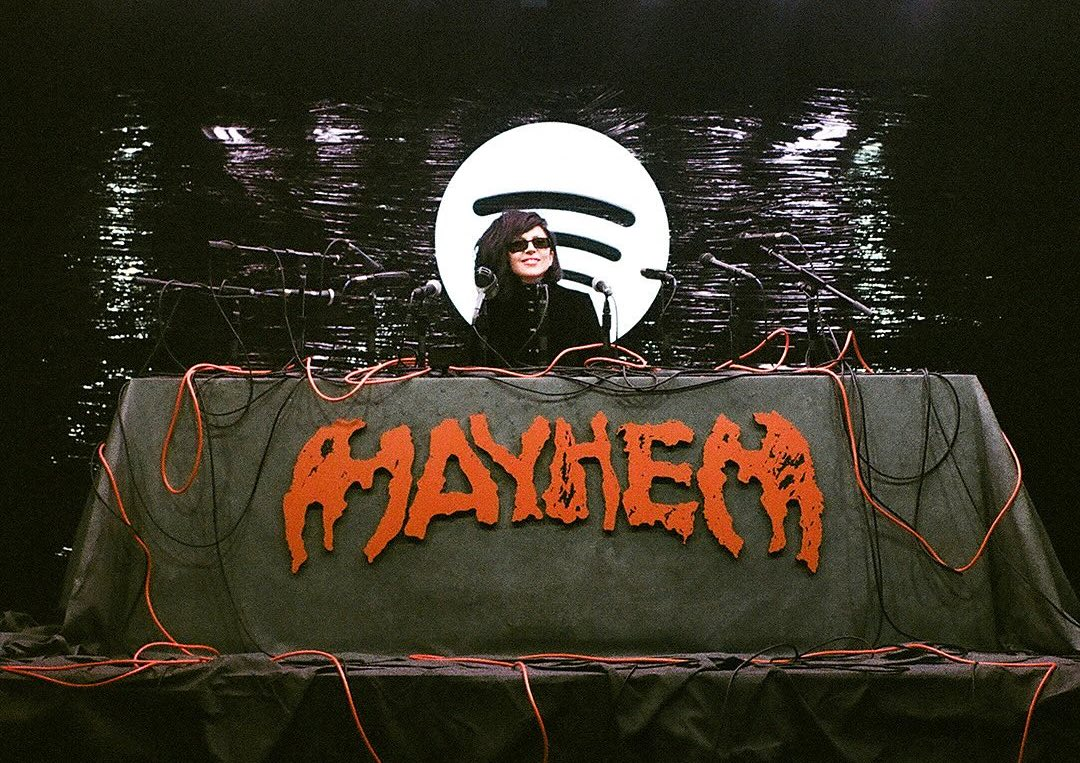Why you should be watching The Chilling Adventures of Sabrina
Nov 02, 2018
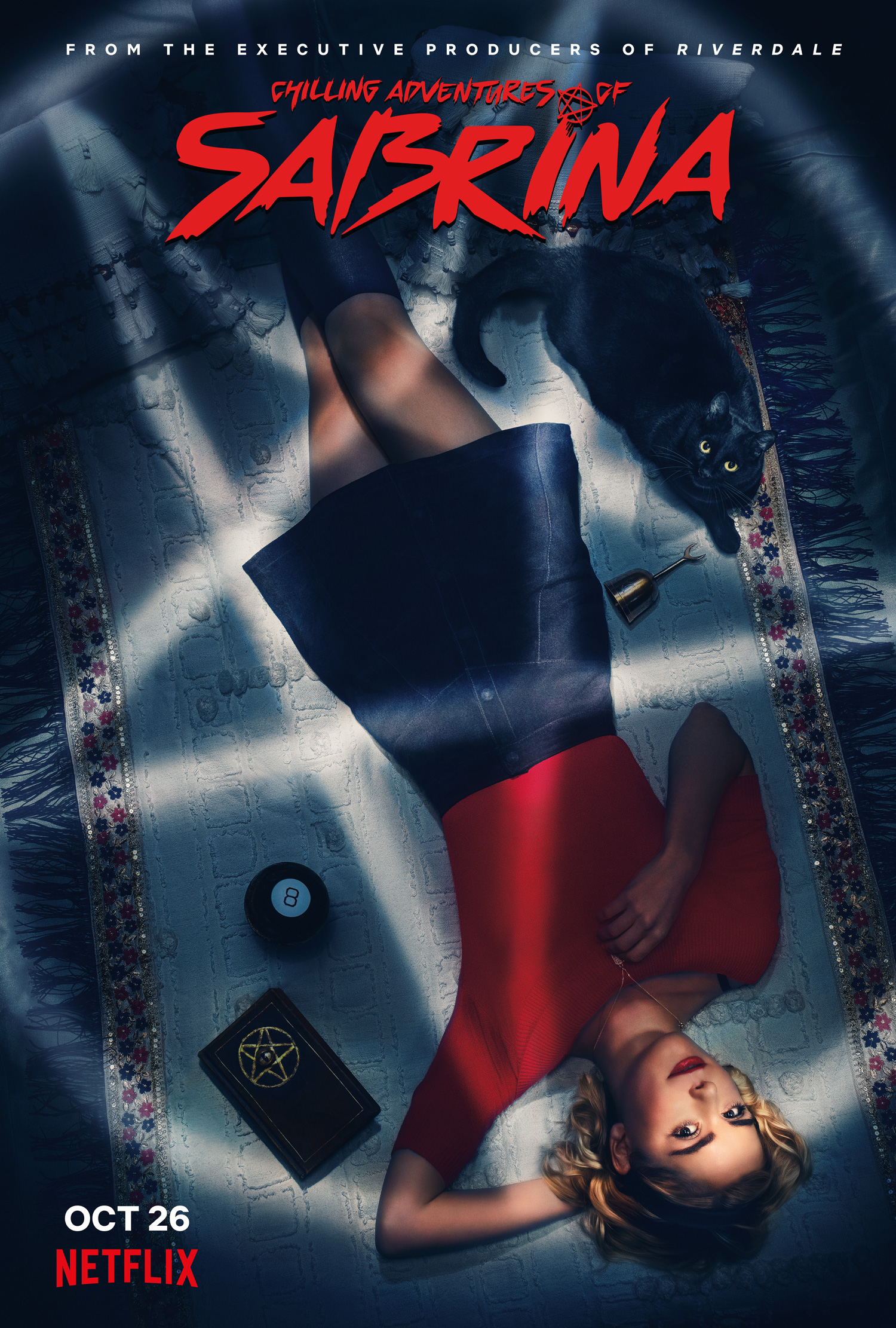
If you haven’t watched Netflix’s The Chilling Adventures of Sabrina yet, let’s get two things straight: first, you should start binging it now; second, don’t expect anything remotely similar to the beloved comedy Sabrina the Teenage Witch.
While the main characters are the same and both shows draw inspiration from the Archie Comics, the tone, interpretation and overall experience are extremely different.
Sabrina the Teenage Witch, which aired from 1996 to 2003, was a quintessential teenage comedy about a very unconventional family. I think we all remember watching the show and wanting to have magical powers, two eccentric 500-year-old aunts and an irreverent long-winded cat named Salem (plus a very cute boyfriend). The show became a cult because while being extremely funny and light it also highlighted Sabrina’s complicated adolescence between the world of her mortal friends and her family’s dark universe.
All these elements are definitely present in Netflix’s new adaptation but they’re also reinterpreted to create a horror – and at times quite creepy – TV show that also speaks to a contemporary audience.
The show’s main intent is to be witchy and to tell the original story of a half-witch, half-human teenager, but The Chilling Adventures of Sabrina is also very timely in touching upon issues of female power, sometimes using century old struggles at the core of mythical “witch hunt” tales in most parts of the world, in which powerful women essentially scare men.
As I was binging the show, one of the things that made it very attractive and interesting was the fact that it’s undeniably very stylish. Yes, stylish TV shows are a thing in the age of streaming and this one is particularly so in its depictions of well-known characters, in its locations and in the way it’s filmed, which reminds of the “filtered” tones of A Series of Unfortunate Events and the “it looks like it’s nineteen-something but it’s actually 2018” vibe of Riverdale.
The ultra-popular show is in fact written by Roberto Aguirre-Sacasa, who also runs the Archie Comics and likes to play with time and space. His technique definitely works because both Riverdale and The Chilling Adventures of Sabrina are equally confusing and fascinating. In both teenage dramas, you’ll see iPhones, Victorian dresses, old cars, 1970s drive-ins and cinemas and as many vintage and nostalgically attractive elements blended with contemporary technology you could think of. In the case of Riverdale, it goes really well with the absurd plot, in the case of Sabrina, it is, alone, a good reason to watch the first ten episodes.
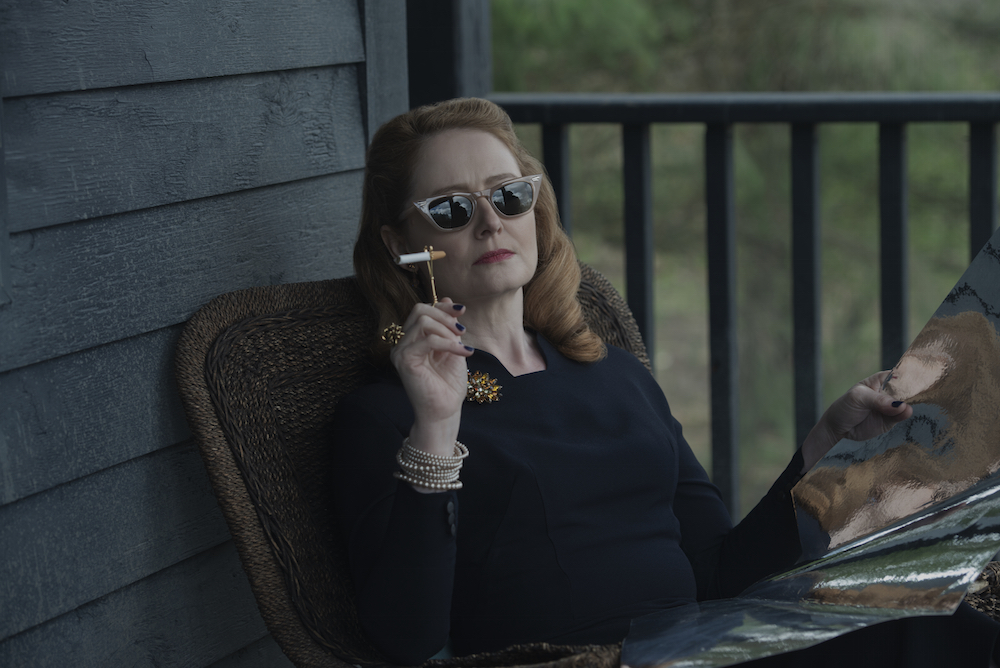
The title of most fascinating and well-thought character definitely goes to a new and improved version of Zelda Spellman, interpreted by Australian actress Miranda Otto. The new Zelda pretty much hates humans, is incredibly fashionable and blatantly worships Satan from the comfort of her gothic-esque castle/mortuary. Like in the Archie Comics, both Hilda and Zelda are points of reference for Sabrina and embody the dilemma that she’s living with inside. Similarly to the sitcom, the former tends to be much more flexible than the latter, who, again, is superb in being terrifying.
What happens in Greendale, where “it always feels like Halloween,” throughout the first ten episodes, which start with Sabrina’s 16th birthday and her upcoming “dark baptism” – a sort of bar mitzvah or Quinceañera for witches – is quite adventurous and, at times, quite scary.
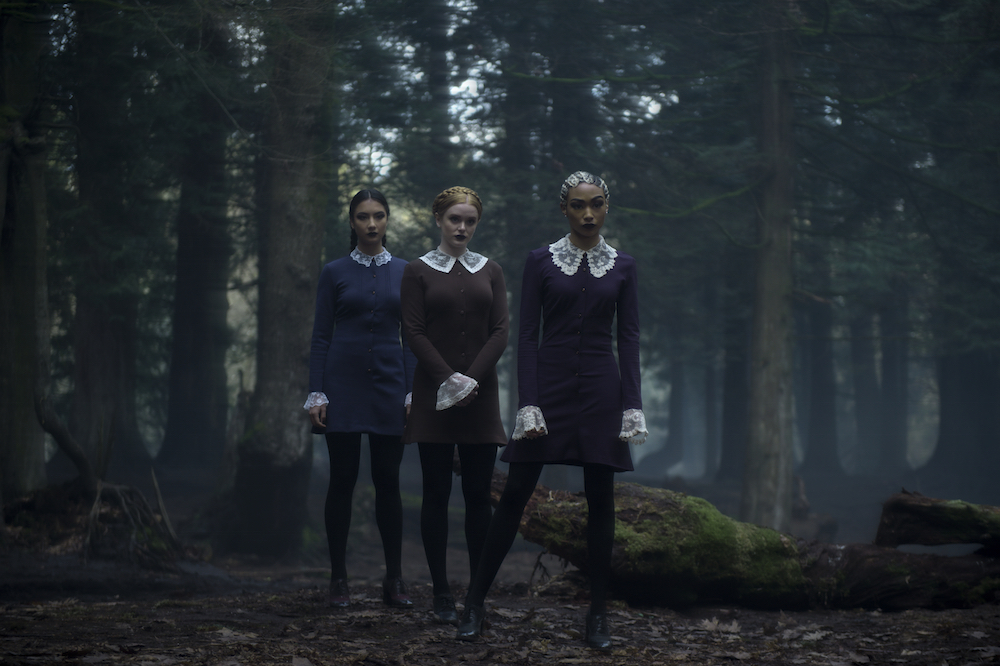
If you’re into horror tropes or supernatural stories set in in your typical dark and eerie house a la Casper, you should definitely watch the show. But you should also watch The Chilling Adventures of Sabrina if you’re into “shows with a strong female lead,” as Netflix categorises them, because Sabrina embodies a contemporary and brave young woman challenging the status quo in two men-dominated worlds – the human and supernatural ones.
While I’m fully aware that for devoted fans of the original Archie Comics, first published in 1960s, the show can be a disappointment (and also to the many fans of Salem in the 1990s sitcom, as the cat doesn’t talk in the new show). Each episode begins with a comics-inspired series of illustrations and music but this re-adaptation but much like Riverdale, it’s not very faithful to the original material in many ways. Rather, it’s a cool and contemporary representation of a familiar story and because we should forever treasure coming-of-age dramas, it’s definitely worth watching.





























